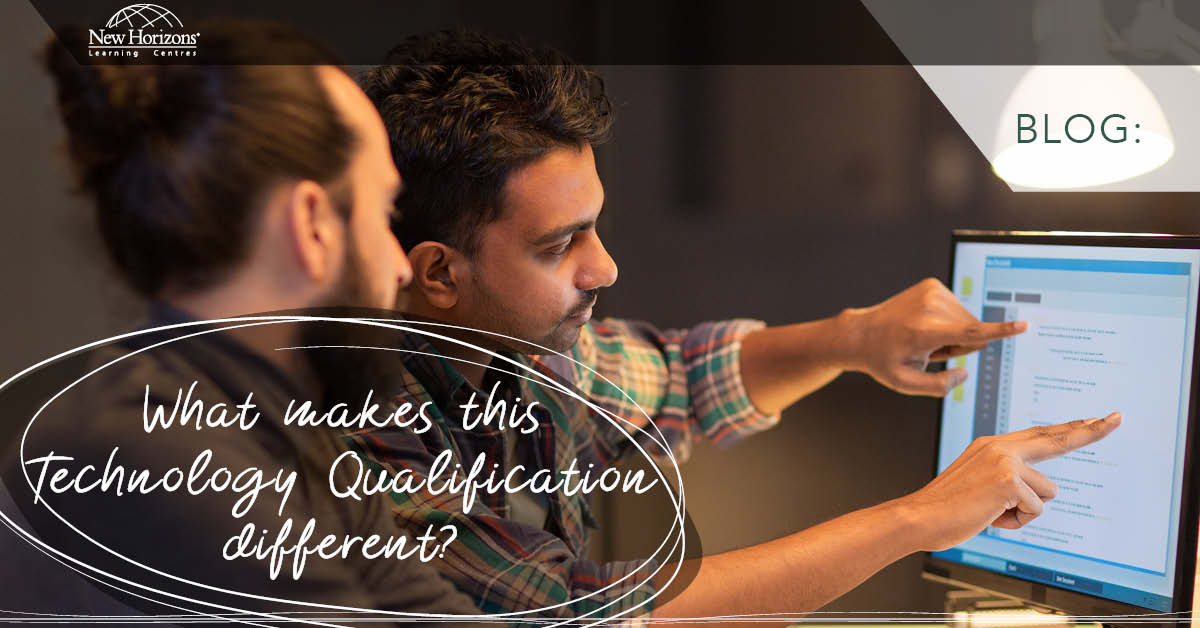
May 27, 2015
This is the third and final part of the Science of Presenting series. Make sure you read parts one and two. I hope you enjoy them.
Logic
The audience or learner must see the logic of the material. Our thought processes may begin with our sensory equipment, but we do have such a thing as ‘think-power,’ which is rooted in the mind and utilises logical reasoning processes. All information entering the mind is screened by an analytical procedure that rejects, or at least questions, ideas that don’t make sense. Use the principle of logic to prepare your presentation or lesson so it will be logical to this reasoning mechanism of the mind.
The principle of logic involves two things: each point must make sense by itself & the ideas or concepts you present must appear inherently logical. To help accompany this, try these methods:
- Give the ‘why’ behind your point. People want to know the reason behind a procedure, method or principle. They want to know what caused it and/or what effects will result.
- Lead up to the point by presenting several facts of varying situations which will all point to the desired conclusion. Your audience members may draw the conclusions themselves, in which case they’ll have learned better.
- State your point then ask the audience members to apply it to specific instances. This reasoning will help them see what makes a general point true.
- Whole-to-part: Given the big picture first, then the specific parts.
- Magnitude: Large to small, or vice versa.
- Importance: Start with the most important item and work to the least important.
- Geographical: Taking things in the order of their physical relationships, whether they’re store locations or equipment in the office.
- Difficulty: From the easier or known to the more difficult or unknown.
- Performance: Present a procedure in the order it is performed.
Participation
Audience members learn better when they are actively involved in the training or engaged in the presentation. As a speaker you must plan for participative activities as part of your presentation. Give them things to do – this gives them a chance to ask questions and comment on the information being delivered. They feel they are part of the event and not just passive receivers. But, a word of caution is also in order. Participation just for participation’s sake is a waste of time for you and the audience members. To have them break into small groups because you like to do that isn't going to be effective. Make sure you have a planned purpose to your activity.
Active participation includes:- Verbal: Asking questions of the whole group, assigning some audience members to explain various sub-points of having them conduct a demonstration. Encourage voluntary contributions and different viewpoints.
- Written: Working on group problems or exercises, individual tasks, pop quizzes, flip chart summaries, or case solutions.
- Group work: Group discussions, small team exercises, role-plays, case studies, projects for later presentations etc.
- Physical assembly of components: Machines, instruments, or layouts; performing or demonstrating an activity.
This principle is not only for the benefit of the students or audience members, but for the trainer or presenter as well. With properly planned participation, you are now free to work with individual students or audience members, observe groups and prepare yourself for the next session.
Remember the principle of Stimulus, involving many of the senses. Participation is an effective way to get more of the senses involved and increase the learning. When we discussed Stimulus, we said that words alone are not very effective. We remember more of what we do and say, than of what somebody else says or does, because we are involved. Don’t use involvement for its own sake, but to increase learning. So, get them involved!
Immediate Application
Immediate application improves the learning. This principle directs you to try out the skills or verbalise the facts just acquired. In effect, tell your audience members, “You’ve just learned it; now do it.”
As they begin applying what they’ve just heard or seen, they:
- Establish more relationships between the parts of the presentation.
- Perfect or test their understanding.
- Develop still stronger motives for learning.
The methods and techniques used for group participation can be used to apply the Principle of Application. The point here is: have the audience members do and/or verbalise as soon as possible after their exposure to new facts.
An effective way to use this principle is to have your audience members give (write-present-discuss) an application of the concepts to their own situations ‘back home.’ This could be done individually or in teams. The key is to ‘do it now’. Thus the principle of ‘immediate application’ is activated.
Okay, so there you have it, all you have to do now is to start presenting, so up you get, go over to your manager’s office, knock on the door, look your manager in the eye, and say “I’m ready to present.”
How do your Excel skills stack up?
Test NowNext up:
- PivotTable timelines in Excel 2013
- Recursive functions in VBA
- Troubleshooting an upgrade to Exchange Server 2013
- Troubleshooting Office 365: Real solutions
- Creating Quick Parts in Microsoft Word
- Who does what in managing change?
- Taking a closer look at Universal Apps
- A fantastic add-in for OneNote 2013
- Managing mobile devices with Windows Intune and SCCM 2012 R2
- Recording screen action in PowerPoint 2013
Previously
- Virtualising SQL Server using Hyper-V 3.0 and SCVMM
- Understanding the difference between Office 2013 and Office 365
- New Hyper-V cmdlets in PowerShell 4.0
- Remove those rogue records in Excel
- The art of thinking clearly
- Managing application settings in Windows Store Apps
- Find a filter result without filtering in Excel
- What is new in Office 365
- Quick ways to automate in Photoshop – Part 2: Modifying an Action
- How to avoid reinventing the wheel













